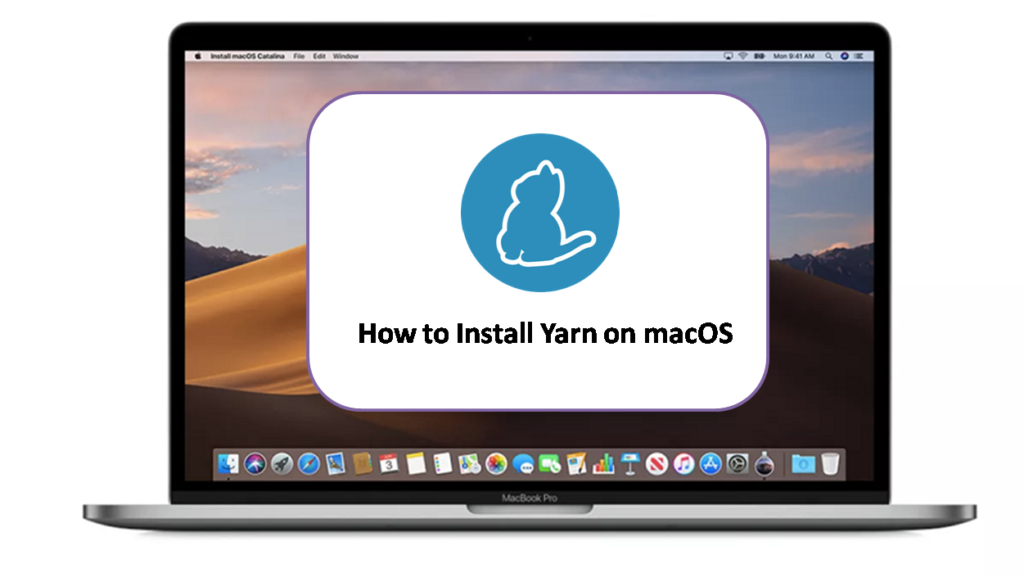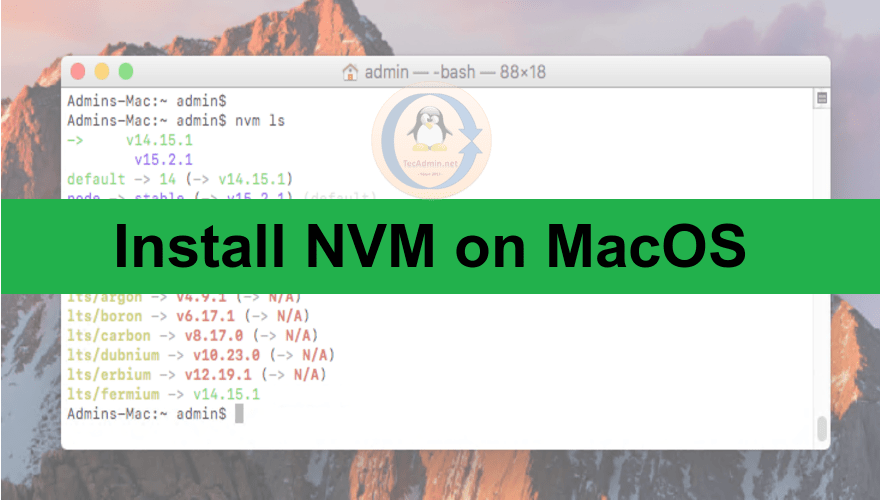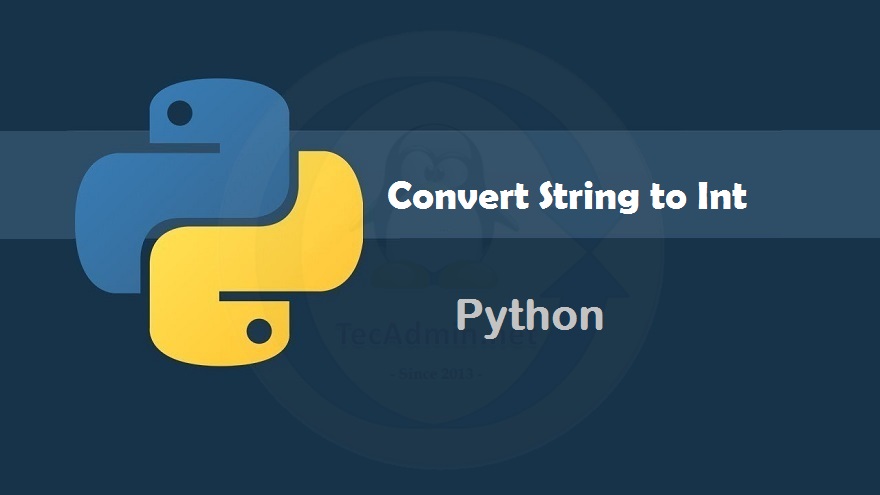Curl is a command-line tool used for transferring data between servers. It’s not just for downloading files; curl is also capable of performing a wide range of tasks for applications and services. It supports an extensive array of protocols, including DICT, FILE, FTP, FTPS, GOPHER, HTTP, HTTPS, IMAP, IMAPS, LDAP, LDAPS, MQTT, POP3, POP3S, RTMP, RTMPS, RTSP, SCP, SFTP, SMB, SMBS, SMTP, SMTPS, TELNET, and TFTP, making it highly versatile for various file transfer scenarios. The functionality of curl is powered by libcurl, which handles all transfer-related operations within the system. Syntax: curl [options] [URL…] For Example, to view the…
Author: Rahul
Node.js is the popular language for front-end programming. A number of JavaScript frameworks are available for quick-build mobile and web application development. NVM is a Node Version Manager tool. Using the NVM utility, you can install multiple node.js versions on a single system. You can also choose a specific Node version for applications. This tutorial described how to install node.js on Ubuntu 22.10 and 21.10 systems using NVM. Prerequisites A running Ubuntu Linux system with shell access. Log in with a user account to which you need to install node.js. Step 1 – Install NVM A shell script is available…
MySQL is the most popular relational database management system. As an assumption MySQL is used by every third website running over the internet. The MySQL official team provides the Debian packages for MySQL 8 to install on Ubuntu systems. This tutorial will help you to install MySQL server on Ubuntu 18.04 Bionic Beaver systems. Prerequisites Login to your Ubuntu 18.04 system using shell access. For remote systems connect with SSH. Windows users can use Putty or other alternatives applications for SSH connection. ssh [email protected] Run below commands to upgrade the current packages to the latest version. sudo apt update &&…
TeamViewer is useful for connecting remote systems with graphical environment very easily. Teamviewer team has announced its latest version 15. This version is loaded with lots of improvements than older version. Read more about features in TeamViewer 15. The TeamViewer development team provides pre-compiled debian packages for the installation on Ubuntu and Debian systems. This tutorial described you to how to install TeamViewer on Ubuntu 18.04 LTS Linux system. Install Teamviewer on Ubuntu 18.04 First of all, download the latest available version of Teamviewer packages from its official website. With the latest update of this tutorial TeamViewer 13 is available…
Python is a powerful and widely-used programming language, known for its simplicity, readability, and versatility across various domains such as web development, data science, and machine learning. With the release of Python 3.9, developers can benefit from numerous enhancements, optimizations, and new features. In this tutorial, we will guide you through the process of installing Python 3.9 on CentOS/RHEL 8 operating systems using the source archive file. This approach to installation provides greater control and customization, ensuring that you have the latest version of Python installed on your system. Prerequisites This Python installation required the GCC compiler on your system.…
Yarn is a new package manager for JavaScript and the primary tool used by Facebook to manage its source code. As of this writing, Yarn has approximately 370 contributors and is used by notable tech companies such as Airbnb, Dropbox, Uber, Google, and Netflix. If you’re reading this article, it means that you’re probably interested in installing Yarn on your Mac so you can use it to manage your personal projects or help teammates collaborate effectively at work. In this tutorial, we’ll show you how to install Yarn on Mac OS in five simple steps. Installing Yarn on macOS Choose…
Node Version Manager (NVM) is a widely-used tool that allows developers to manage multiple versions of Node.js on a single machine. Its importance cannot be overstated, as Node.js applications can sometimes be version-specific, and different projects may require different Node.js versions. The flexibility offered by NVM ensures a smooth development process, allowing developers to switch between Node versions seamlessly. On macOS, there are multiple methods to install NVM, but one of the most popular and efficient ways is using Homebrew, the renowned package manager for macOS. This guide will walk you through the detailed steps of installing NVM on macOS…
NVM stands for Node Version Manager is a command-line utility for managing Node versions. Sometimes you required to deploy multiple node application with different-2 versions. Managing the multiple Node.js versions for differnt-2 projects are a pain for the developers. But NVM helped to easily manage multiple active Node.js versions on a single system. This tutorial will explain you to install NVM on CentOS/RHEL 7/6 systems and manage multiple Node.js versions. Installing NVM on CentOS 7 NVM provides a simple bash script for the installation on Linux systems. Open a terminal on your system or connect a remote system using SSH.…
Hadoop is a free, open-source, and Java-based software framework used for the storage and processing of large datasets on clusters of machines. It uses HDFS to store its data and process these data using MapReduce. It is an ecosystem of Big Data tools that are primarily used for data mining and machine learning. Apache Hadoop 3.3 comes with noticeable improvements and many bug fixes over the previous releases. It has four major components such as Hadoop Common, HDFS, YARN, and MapReduce. This tutorial will explain you to how to install and configure Apache Hadoop on Ubuntu 20.04 LTS Linux system.…
A string is a sequence of characters, numbers, and special characters together. An integer is a set of numbers that includes zero, negative and positive numbers without any decimal or fractional parts. Datatype is a classification of data, which tells the compiler or interpreter, how the programmer intends to use the data. Similar to other programming languages Python also supports datatype conversions. This tutorial describes how to convert a Python string to int and vice versa. Python Convert String to int Use Python int() function to convert a string value to integer in Python. This function accepts two parameters, one…



